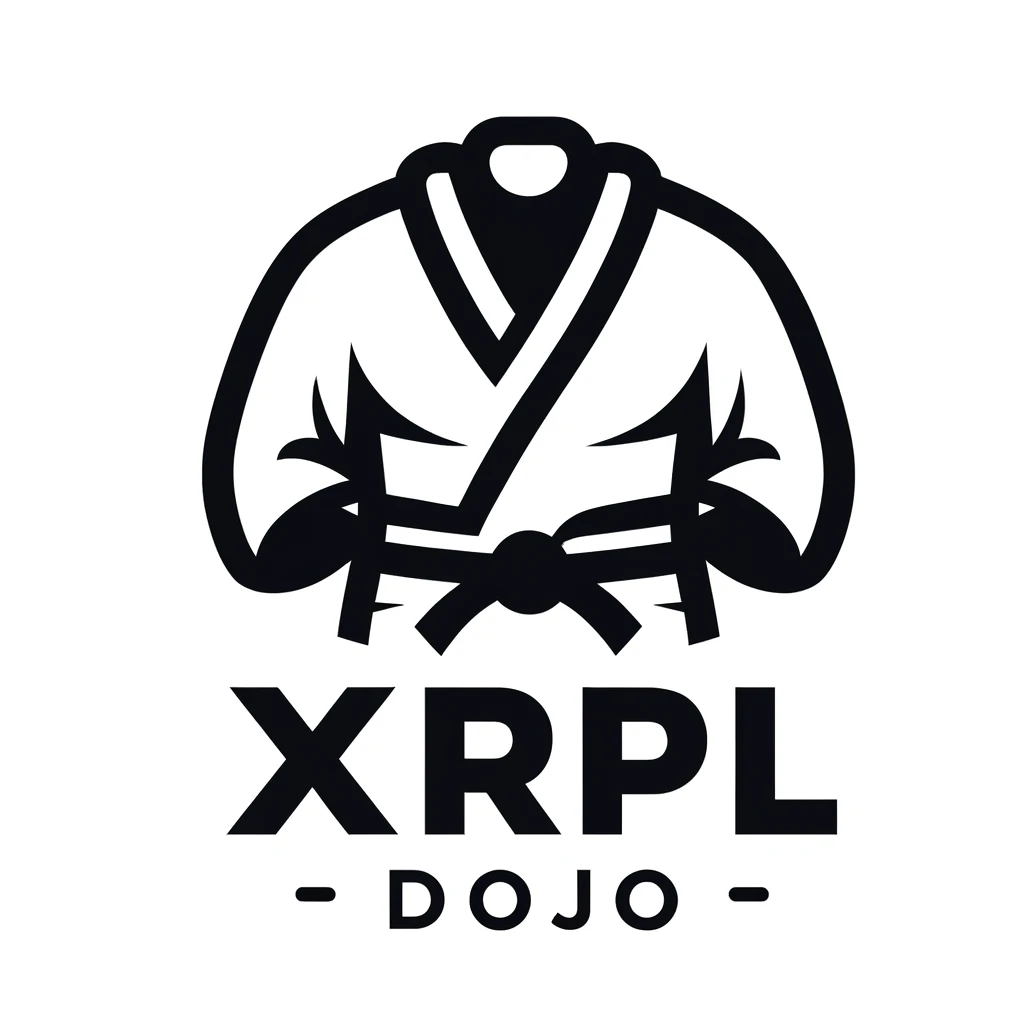Regarding the behavior of trust lines | XRPL Development in JavaScript - Level 3
Next, we will explain the behavior of trust lines when making an offer.
Let’s try a scenario where Bob sells B.EUR issued by Issuer B and buys A.USD issued by Issuer A, and this B.EUR eventually is delivered to Daniel.
Prerequisites
Section titled “Prerequisites”Charlie needs to make a payment to Daniel, who wants to receive B.EUR. However, at this point, Charlie does not hold B.EUR and only has XRP and A.USD issued by Issuer A. Therefore, Charlie considers whether he can exchange his A.USD.
- Bob will create an offer to sell
B.EURissued by Issuer B and buyA.USDissued by Issuer A to provide liquidity. - Charlie will initiate the process to send
A.USDasB.EURto Daniel.
Creating the Script
Section titled “Creating the Script”-
Use the existing
createOffers.jsto create an offer from Bob.import { Client, xrpToDrops } from 'xrpl';import { wallets } from './wallets.js';import { createOffer } from './utils/createOffer.js';const client = new Client('wss://s.altnet.rippletest.net:51233'); // Using Testnetasync function main() {try {await client.connect();const { issuerA, issuerB, alice, bob, charlie, daniel } = wallets;// await createOffer(// client,// alice,// { currency: 'USD', issuer: issuerA.address, value: '100' },// { currency: 'EUR', issuer: issuerB.address, value: '100' }// );await createOffer(client,bob,{ currency: 'EUR', issuer: issuerB.address, value: '100' },{ currency: 'USD', issuer: issuerA.address, value: '100' });} catch (error) {console.error(`Error in offer creation: ${error}`);} finally {await client.disconnect();}}main(); -
Use the existing
crossCurrencyPayment.jsto make a payment from Charlie.crossCurrencyPayment.js import xrpl from 'xrpl';import { wallets } from './wallets.js';import { sendPayment } from './utils/payment.js';const client = new xrpl.Client('wss://s.altnet.rippletest.net:51233');const main = async () => {await client.connect();const { issuerA, issuerB, alice, bob, charlie, daniel } = wallets;// await sendPayment(// client,// daniel,// { currency: 'USD', issuer: issuerA.address, value: '100' }, // Currency Charlie wants to receive: A.USD// charlie.address,// {// sendMax: { currency: 'EUR', issuer: issuerB.address, value: '100' }, // Currency Daniel wants to pay: B.EUR// }// );// Payment from Charlie to Danielawait sendPayment(client,charlie,{ currency: 'EUR', issuer: issuerB.address, value: '100' }, // Currency Daniel wants to receive: B.EURdaniel.address,{sendMax: { currency: 'USD', issuer: issuerA.address, value: '100' }, // Currency Charlie wants to pay: A.USD});await client.disconnect();};main().catch(console.error);
Running the Script
Section titled “Running the Script”-
Run the following commands in the command line to execute the script.
Terminal window node createOffers.jsnode crossCurrencyPayment.js -
If the following log appears as a result of
crossCurrencyPayment.js, it is successful.Terminal window Payment sent from rnP7Q6LaejYi7oaN4qJHkKhnESZYAyVQwh to rf6R7pFgytT9JKjMVjKqeTv6MeDTrbNw3: {id: 14,result: {Account: 'rnP7Q6LaejYi7oaN4qJHkKhnESZYAyVQwh', // CharlieAmount: {currency: 'EUR',issuer: 'rstM9rxhKo4N4WEaQgQmQSPQRgZqkhHkaU', // issuerBvalue: '100'},DeliverMax: {currency: 'EUR',issuer: 'rstM9rxhKo4N4WEaQgQmQSPQRgZqkhHkaU',value: '100'},Destination: 'rf6R7pFgytT9JKjMVjKqeTv6MeDTrbNw3', // DanielFee: '12',Flags: 0,LastLedgerSequence: 1085862,SendMax: {currency: 'USD',issuer: 'rfkJ7Uz6NrNV1FdbmKB5wepoim51KFpYQp', // issuerAvalue: '100' // Max amount},Sequence: 1046427,SigningPubKey: 'ED88C6BDCFE0FB8612FCE299211DDAB0E6E6498EEAD14D07673D7C2C0778361766',TransactionType: 'Payment',TxnSignature: 'CE013A27741315A5DE67B811DF4AA793F3CBF24AA80D0EED9A1148B790A6A9713B1DE457BF3F3EECC5C155A8CA81D9536F7C151239DF6BEBA13BFCA057255E02',ctid: 'C010919400000001',date: 770335361,hash: '95CE240790C3B1AA5C59CB1C1A4747B42901B06F3F4217C5BFC3E4F07D372E07',inLedger: 1085844,ledger_index: 1085844,meta: {AffectedNodes: [Array],TransactionIndex: 0,TransactionResult: 'tesSUCCESS', // Successdelivered_amount: [Object]},validated: true},type: 'response'}At this point, please check the explorer to confirm the following:
- Bob’s balance of
B.EURdecreased to900, and his balance ofA.USDincreased to100. - Charlie’s balance of
A.USDincreased to1,000(returned to the initial state). - Daniel’s balance of
B.EURincreased to1,000(returned to the initial state).
- Bob’s balance of
About Trust Lines
Section titled “About Trust Lines”Bob is able to hold A.USD even though he did not explicitly set a trust line for it.
This is the behavior triggered by the OfferCreate transaction, and you can interpret it as “placing an order for A.USD = trusting A.USD”.
In the next chapter, we will explain cross-currency payment patterns and more.
